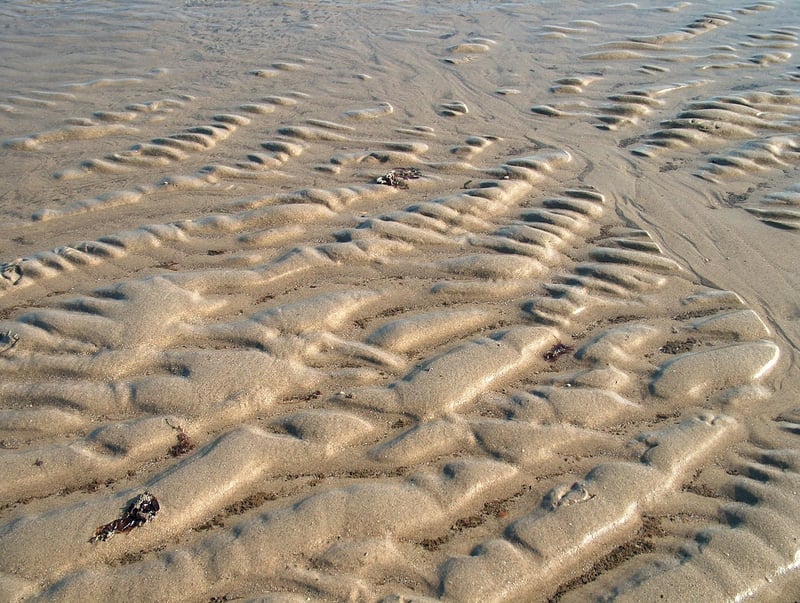Time-Traveling Physics
The Science Behind Time Travel
Time travel has been a fascinating concept in science fiction for decades, but is it actually possible according to the laws of physics? Let's delve into the science behind time travel and explore the theoretical possibilities.
Understanding Time and Space
According to Einstein's theory of relativity, time is intertwined with space to form a four-dimensional continuum known as spacetime. This theory suggests that massive objects can warp spacetime, affecting how time flows in their vicinity.
Time Dilation
One of the key concepts in time travel physics is time dilation. Time dilation occurs when an object is moving at speeds close to the speed of light or in the presence of strong gravitational fields. In these scenarios, time can slow down relative to an observer in a different frame of reference.
Wormholes and Black Holes
Wormholes are hypothetical shortcuts through spacetime that could potentially allow for time travel. Black holes, on the other hand, are regions of spacetime where gravity is so strong that not even light can escape. Some theories suggest that black holes could be used as a means of time travel.
Grandfather Paradox
One of the famous paradoxes associated with time travel is the grandfather paradox. It poses the question of what would happen if you were to go back in time and prevent your grandfather from meeting your grandmother. This paradox raises questions about causality and the possibility of changing the past.
Conclusion
While the concept of time travel remains largely theoretical, the study of time-traveling physics continues to intrigue scientists and researchers. As our understanding of the universe deepens, who knows what possibilities the future may hold.


For more information on time travel and physics, you can visit Space.com.
